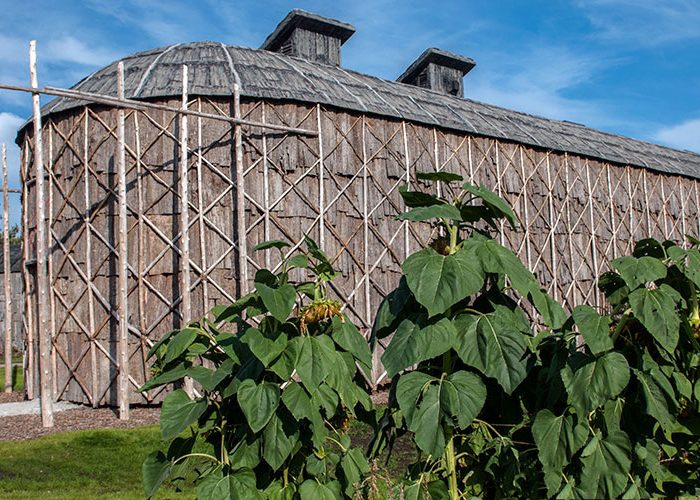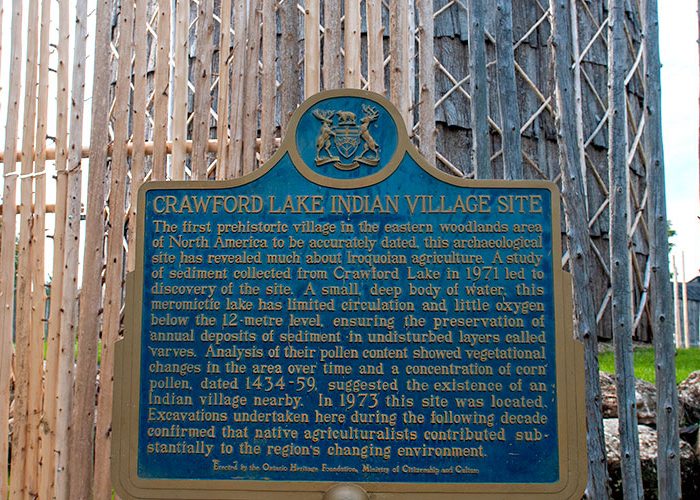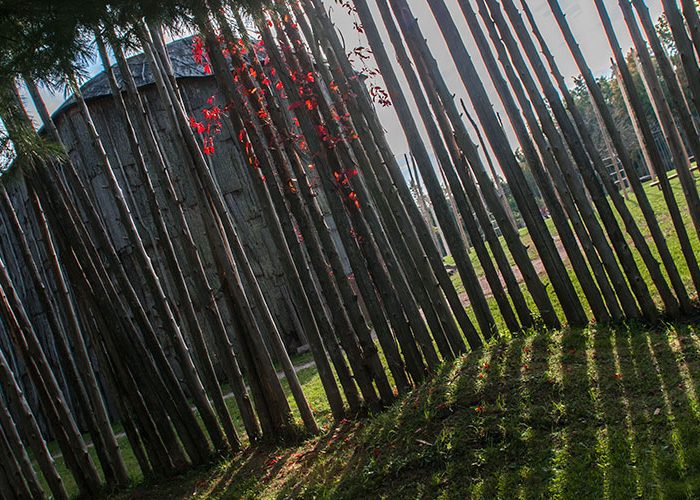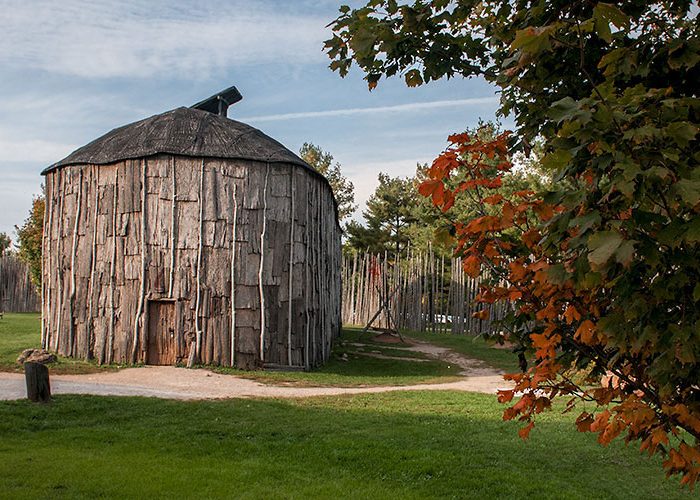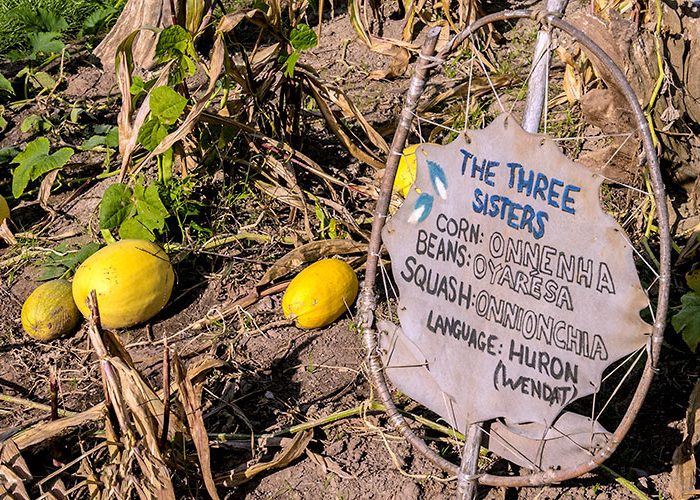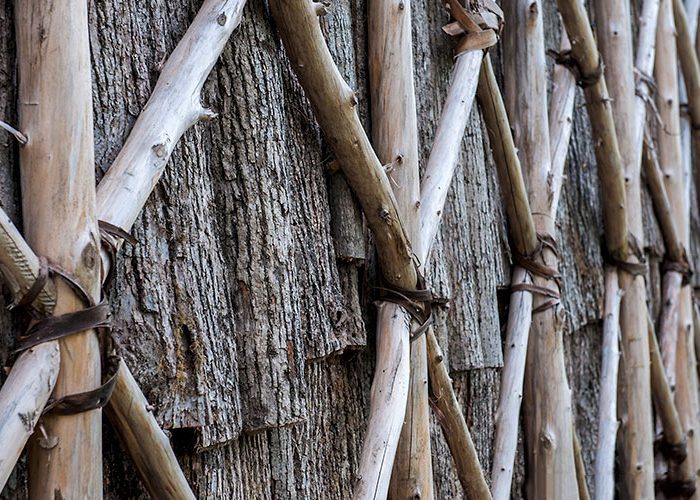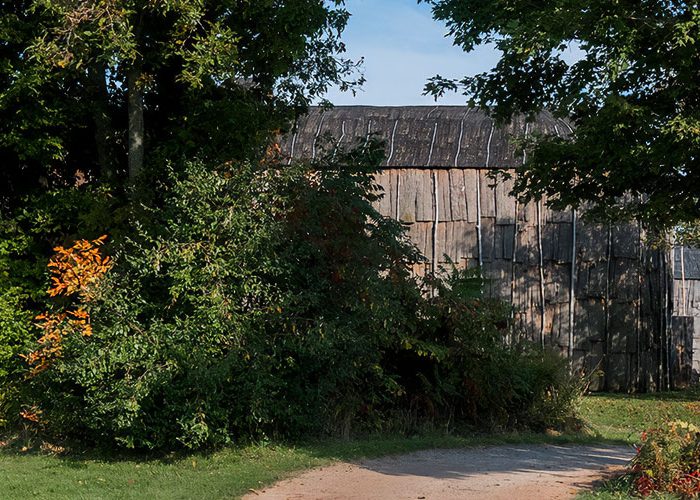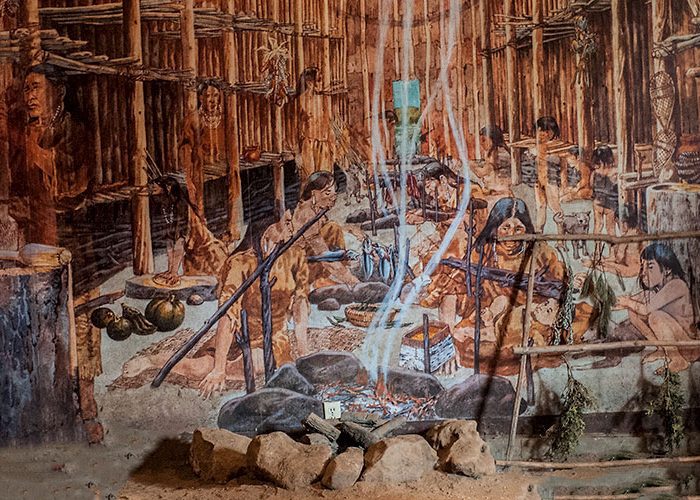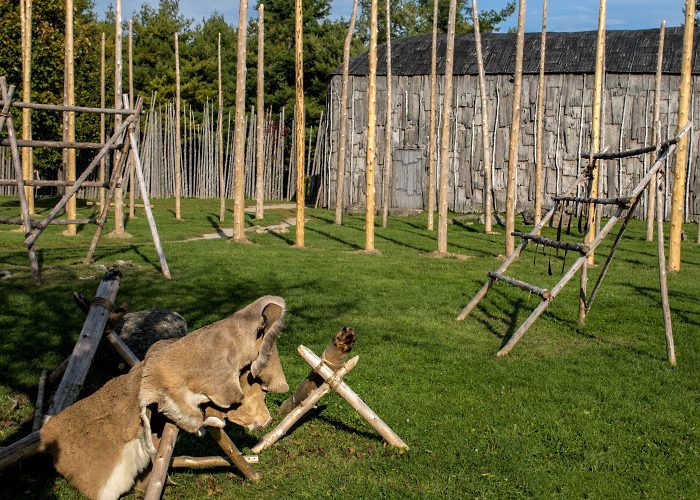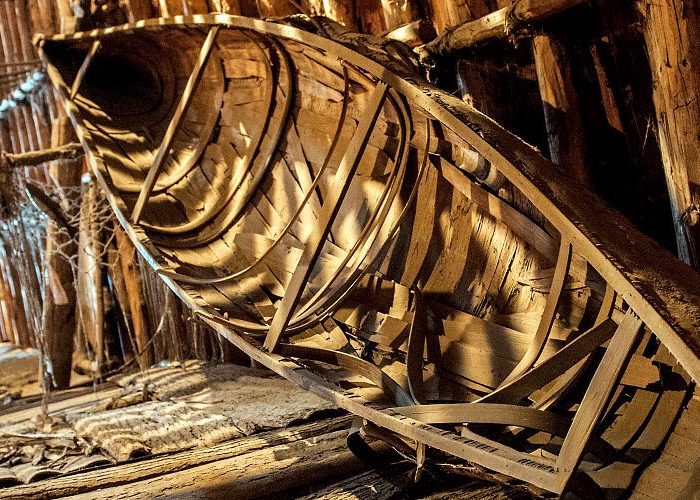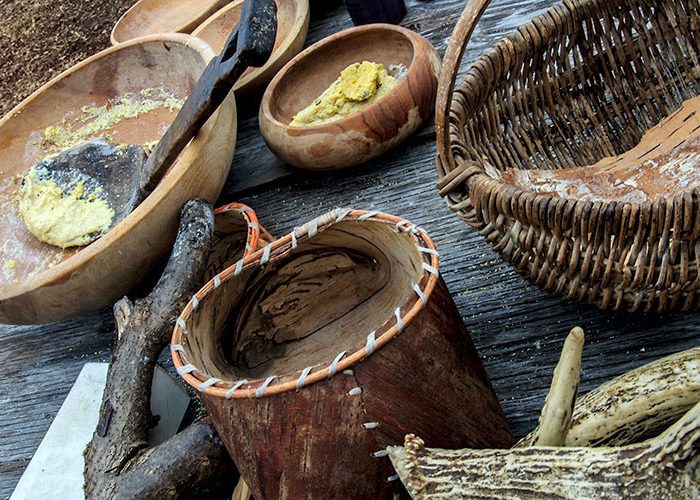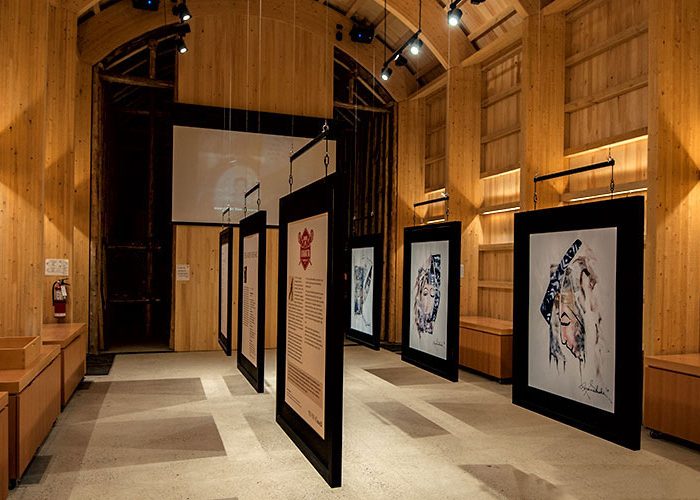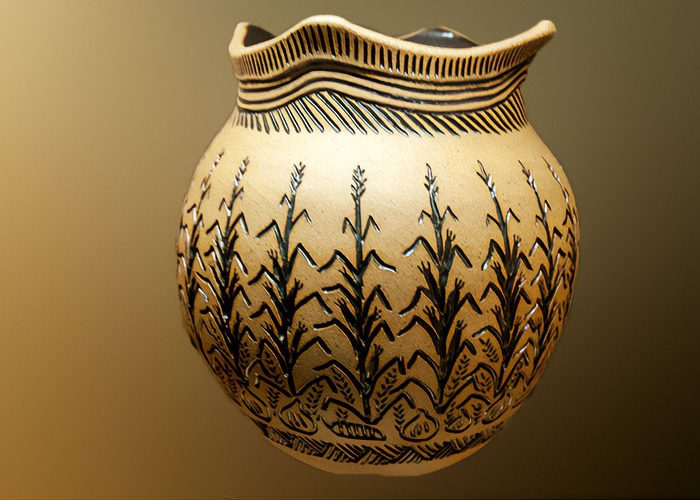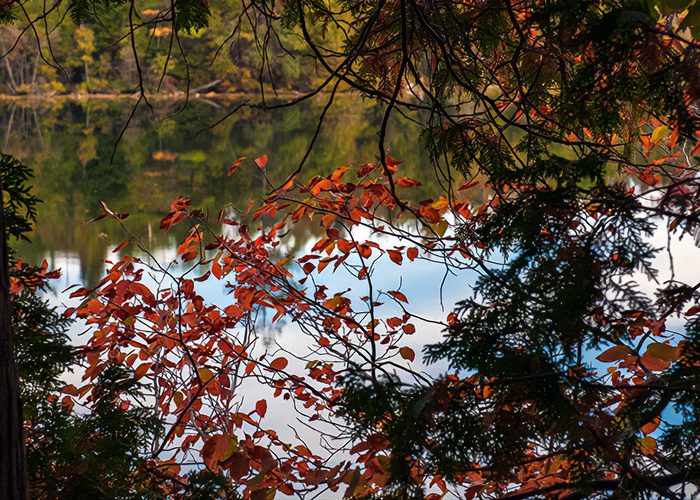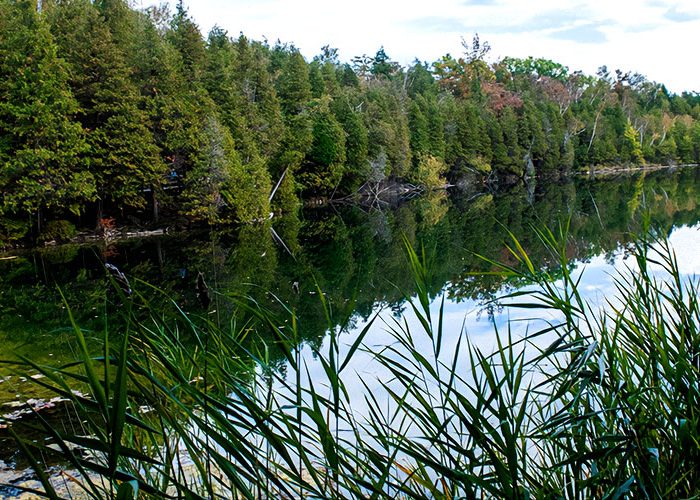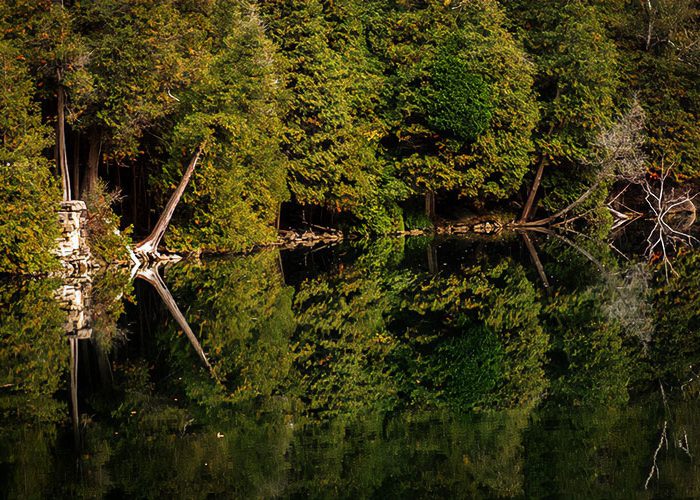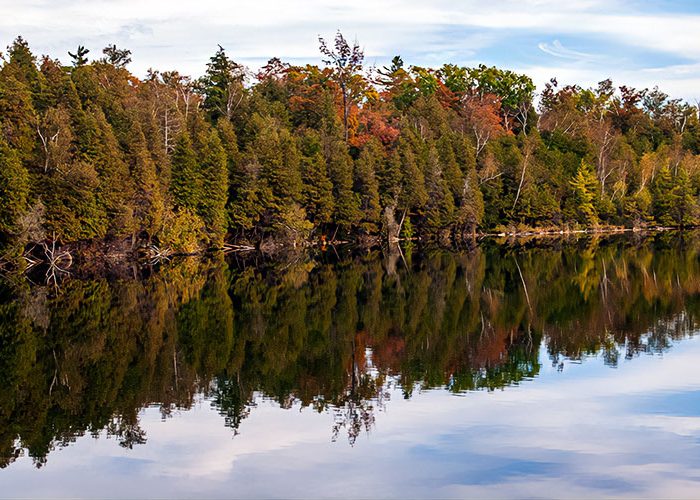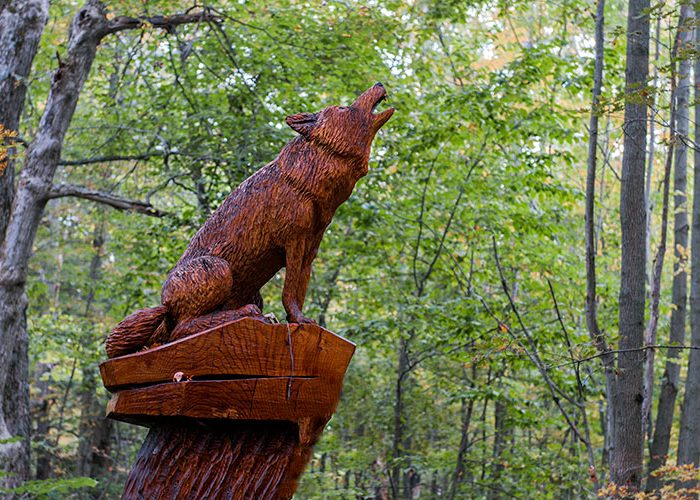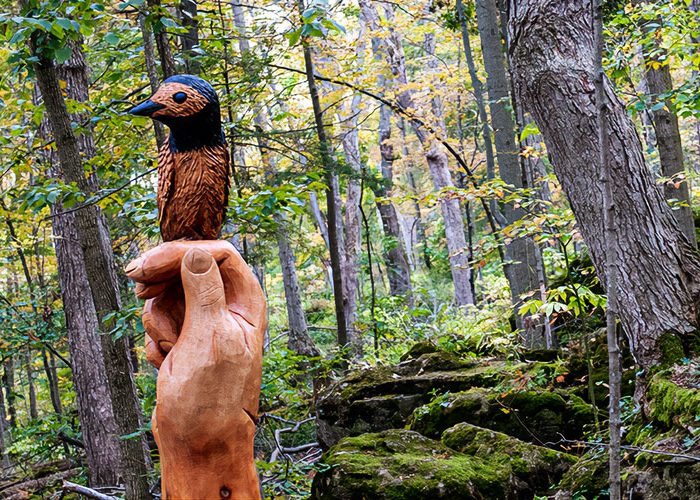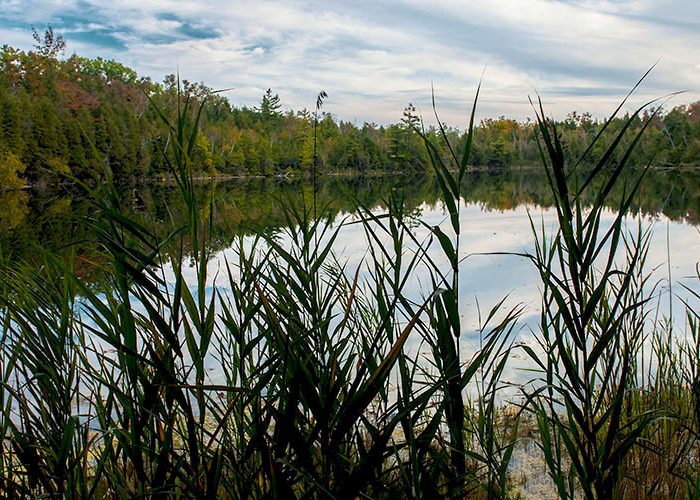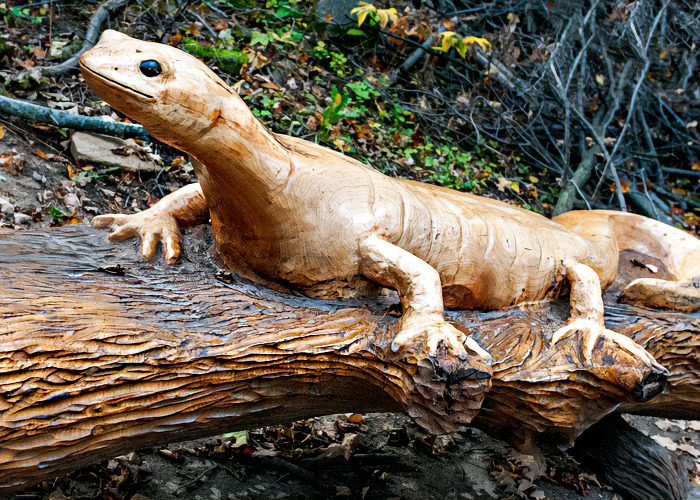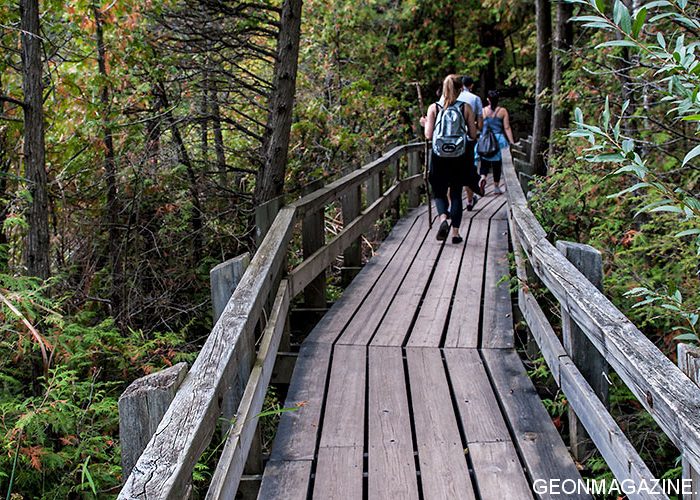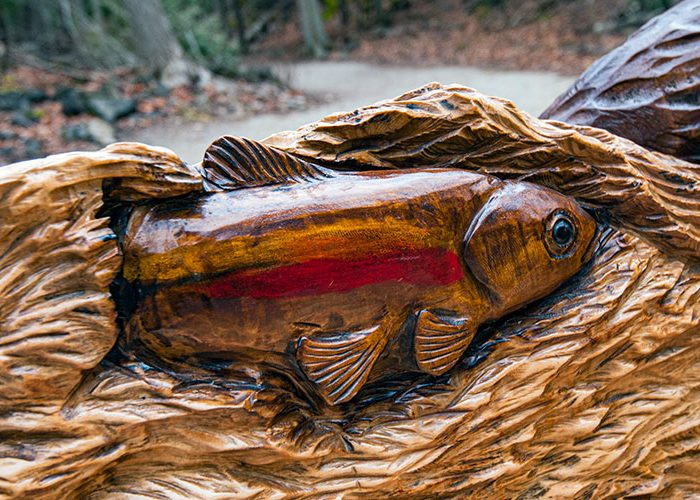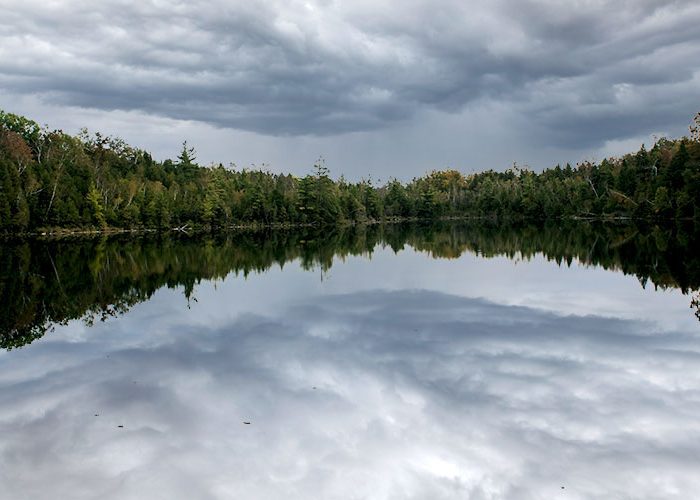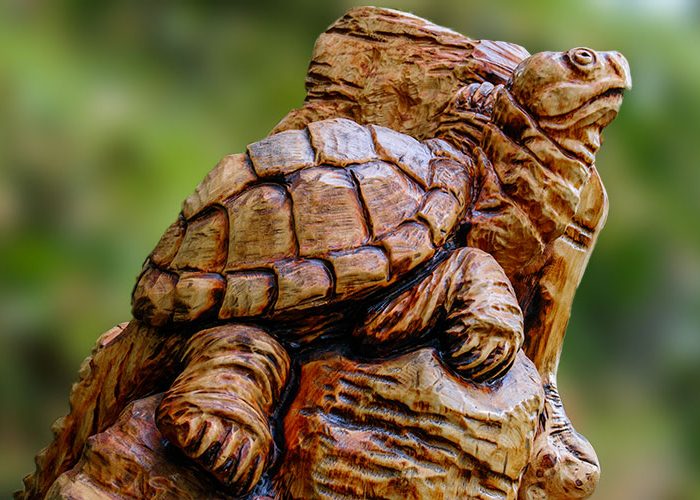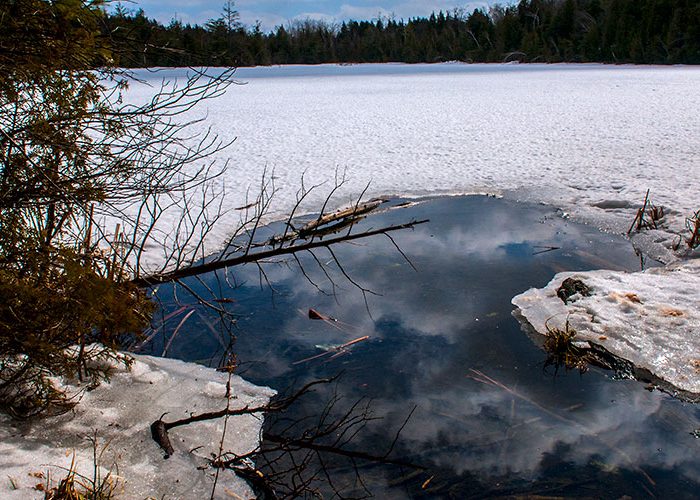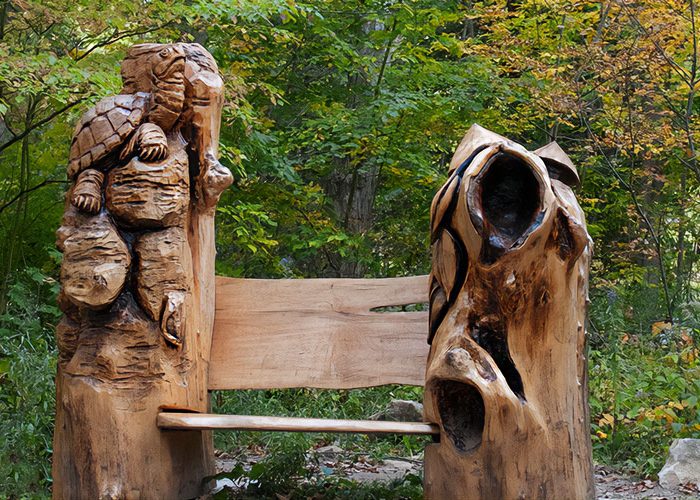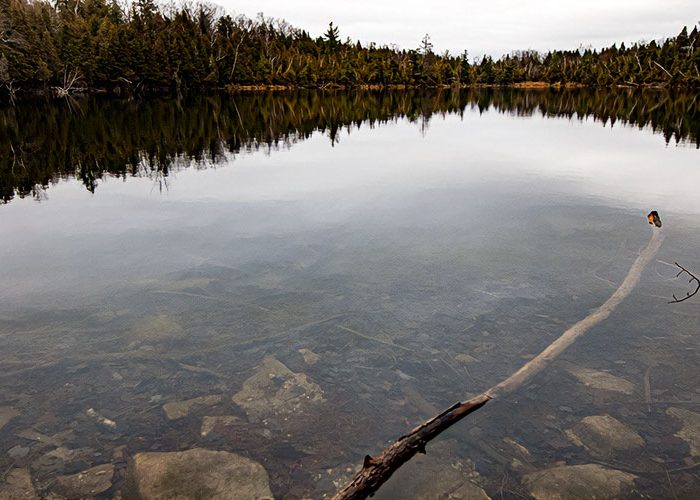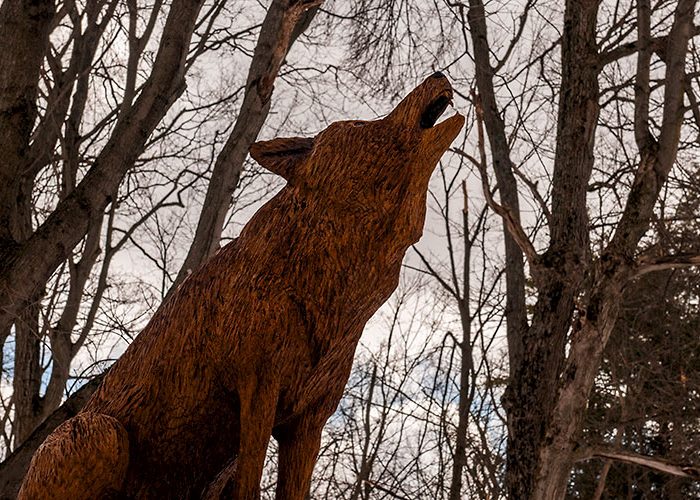The Crawford Lake Iroquoian village, which thrived around 600 years ago, was a vibrant community integral to the broader network of Indigenous settlements in Southern Ontario. The first prehistoric village in the eastern woodland area of North America to be accurately dated, this archaeological site has revealed much about Iroquoian agriculture.
The University of Western Ontario and the Museum of Ontario Archaeology first excavated the Crawford Lake site between 1972 and 1987 under the supervision of Dr. William Finlayson.
During that time, the remains of 11 longhouses and a number of features and artifacts were uncovered. Between 2013 and 2017, AMEC Foster-Wheeler has continued the excavations and revealed the remains of another longhouse and several more artifacts. It has been concluded that the site has seen 2 periods of occupation over a span of approximately 200-300 years.The modern reconstruction of the village represents the second occupation period dated between 1436 and 1457 and home to people who were possibly ancestors of the Wendat. The village likely had 5 longhouses and an estimated population of about 250 people.
Its inhabitants, ancestors of the Haudenosaunee and other Iroquoian peoples, built longhouses from cedar and elm bark, and relied on agriculture—growing maize, beans, and squash—along with hunting and fishing in the surrounding forests and waters.
The site was likely a social, political, and ceremonial center, evidenced by artifacts such as pottery, tools, and burial remains, which reveal complex cultural and spiritual practices. The reconstructed village at Crawford Lake offers visitors a glimpse into this rich history, highlighting traditional building techniques and Indigenous ways of life prior to European contact.
Today, it remains a symbol of Indigenous resilience and cultural heritage, serving as an educational resource that honors the enduring legacy of the original inhabitants of the region.
Beautiful trails that surround the lake and the area around can be walked all year round. The loops are long and short and connect to the Bruce Trail.

